Growth in Renewable Energy Sector
The Turbocompressor Market is poised for growth due to the increasing investments in the renewable energy sector. As the world shifts towards sustainable energy sources, turbocompressors play a crucial role in various applications, including biogas processing and hydrogen production. The integration of turbocompressors in renewable energy systems enhances efficiency and reliability, making them essential components in the transition to cleaner energy. Recent projections indicate that the renewable energy sector will continue to expand, leading to heightened demand for turbocompressors that can support these initiatives. This trend not only reflects a broader commitment to sustainability but also presents significant opportunities for growth within the Turbocompressor Market, as companies seek to align with the global energy transition.
Rising Demand for Energy Efficiency
The Turbocompressor Market is experiencing a notable surge in demand for energy-efficient solutions. Industries are increasingly prioritizing energy conservation to reduce operational costs and meet regulatory standards. According to recent data, energy-efficient turbocompressors can lead to a reduction in energy consumption by up to 30%. This trend is particularly evident in sectors such as oil and gas, chemical processing, and power generation, where energy costs constitute a significant portion of operational expenses. As companies strive to enhance their sustainability profiles, the adoption of advanced turbocompressor technologies that optimize energy use is likely to accelerate. This shift not only aligns with corporate sustainability goals but also positions companies favorably in a competitive market, thereby driving growth within the Turbocompressor Market.
Expansion of Industrial Applications
The Turbocompressor Market is witnessing an expansion in its applications across various industrial sectors. Industries such as petrochemicals, pharmaceuticals, and food processing are increasingly integrating turbocompressors into their operations to enhance efficiency and productivity. For instance, the petrochemical sector utilizes turbocompressors for gas compression and transportation, which is essential for maintaining production levels. The versatility of turbocompressors allows them to be employed in diverse processes, from air separation to refrigeration. As industries continue to evolve and seek innovative solutions to improve operational efficiency, the demand for turbocompressors is expected to grow. This trend indicates a robust potential for market expansion, as companies recognize the value of integrating advanced turbocompressor technologies into their production processes.
Regulatory Compliance and Environmental Standards
The Turbocompressor Market is significantly influenced by stringent regulatory compliance and environmental standards. Governments worldwide are implementing regulations aimed at reducing emissions and promoting cleaner technologies. This regulatory landscape compels industries to adopt turbocompressors that not only meet performance standards but also adhere to environmental guidelines. For example, the introduction of regulations targeting greenhouse gas emissions has led to increased investments in turbocompressor technologies that minimize environmental impact. Companies that proactively comply with these regulations are likely to gain a competitive edge, as they can market their operations as environmentally responsible. Consequently, the need for compliance drives innovation and investment in the Turbocompressor Market, fostering growth and development.
Technological Innovations in Turbocompressor Design
The Turbocompressor Market is benefiting from ongoing technological innovations in design and manufacturing processes. Advances in materials science, computational fluid dynamics, and manufacturing techniques are enabling the development of more efficient and reliable turbocompressors. For instance, the introduction of lightweight materials and advanced aerodynamics has improved performance and reduced maintenance costs. These innovations not only enhance the operational efficiency of turbocompressors but also extend their lifespan, making them more appealing to industries. As companies seek to leverage these technological advancements, the market for turbocompressors is likely to expand. The continuous evolution of design and technology in the Turbocompressor Market suggests a promising future, with potential for increased adoption across various sectors.
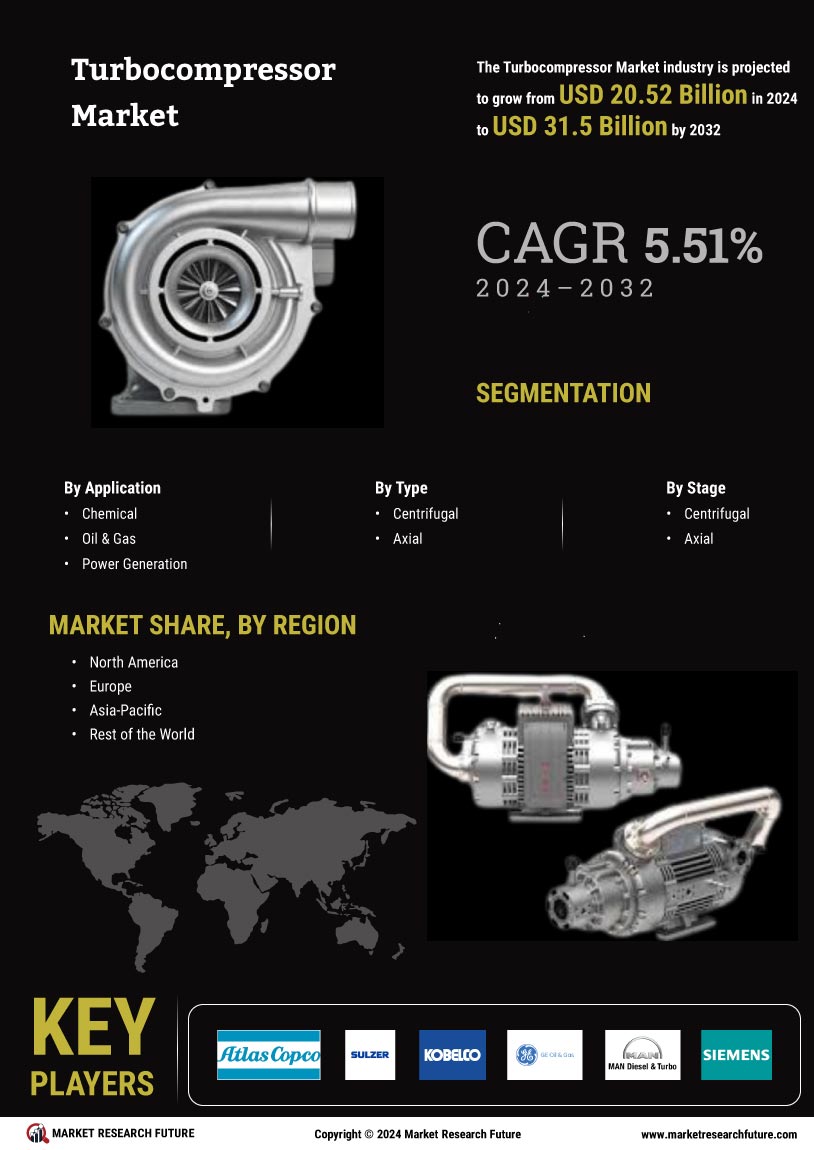

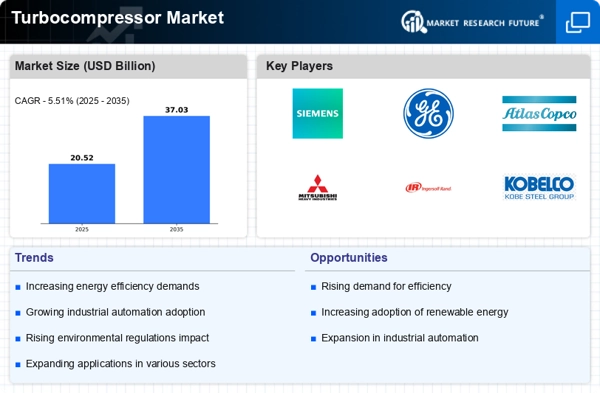

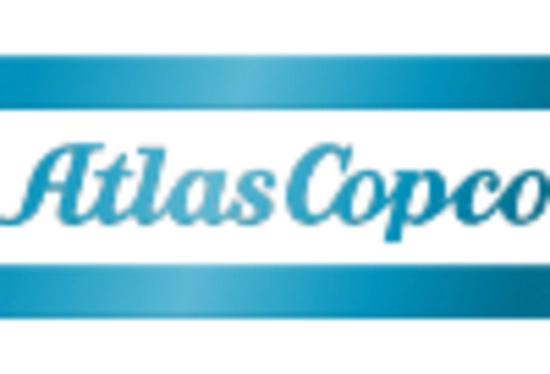

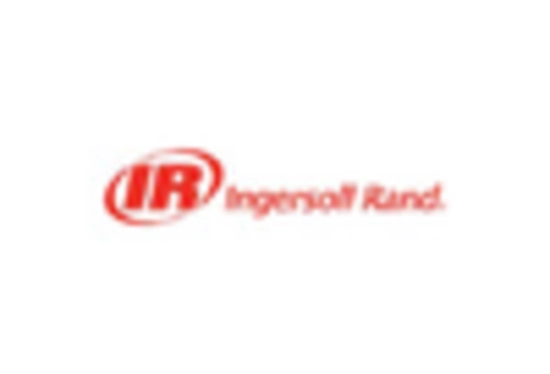
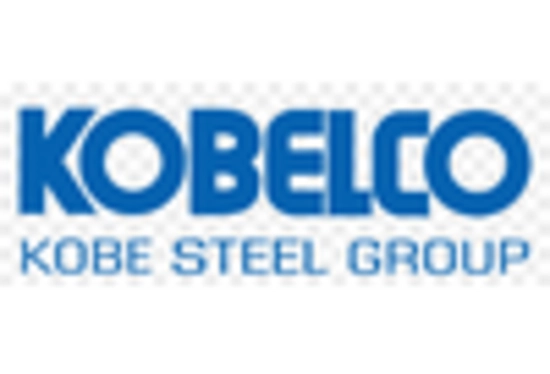
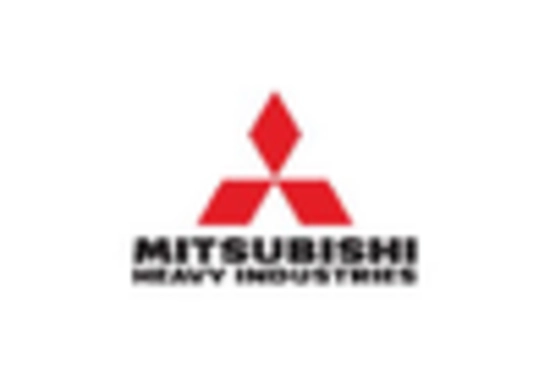









Leave a Comment